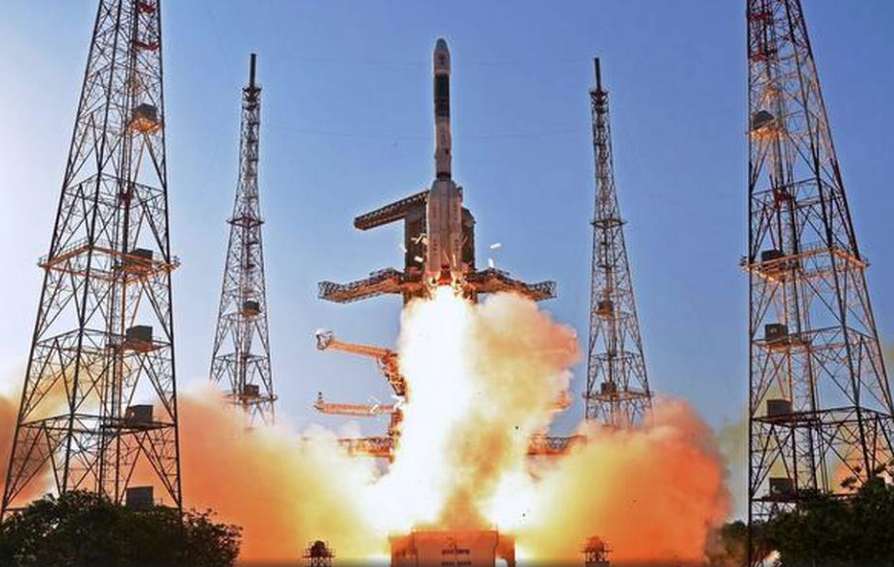A low-cost small satellite launcher could be the next item on the menu of the Indian Space Research Organisation.
Preliminary work to design and develop an ambitious small launch vehicle began about three months ago, said K. Sivan, Director of ISRO’s rocket development node, Vikram Sarabhai Space Centre. Its design will enable a handful of engineers to assemble it within a week. And the launcher should be able to put satellites of up to 500-600 kg in orbits close to the Earth.

Since 1999, ISRO’s PSLV rockets have launched 209 small satellites from 28 countries for a fee | Photo Credit: PTI
VSSC has designed the vehicle using the rocket technology that it already has and is awaiting ISRO’s approval. “We are looking at having a demonstration launch in a year, in the 2018-19 time frame,” Dr. Sivan told The Hindu.
The development cost would be kept low at a few crore as the new launcher’s requirement of advanced electronics is considerably lower.
It could also tremendously cut the launch fee that customers would have to pay. Which is what all space agencies aim at: low-cost access to space, as they call it.
Since 1999, ISRO’s PSLV rockets have launched 209 small satellites from 28 countries for a fee; they have been for experimental, university or remote-sensing uses. In February this year, a PSLV carried a record 104 satellites to space. The next one planned in January 2018 will carry some 30 small customer satellites to space — their weights ranging from 1 kg to 100 kg.
Easy to assemble
Today, it takes 300-plus engineers and about 40 days to assemble a PSLV. A small launcher that can be got up perhaps in three days by a small team would make a big difference in the market as well as to the launch provider, according to Dr. Sivan. For one, satellite operators need not wait one or two years to launch their spacecraft. In shared space rides, satellites going on the same rocket must have compatible sizes and shapes. The thinking, he said, is why waste a big vehicle for a small job?
Secondly, a ride on small launchers could even be a ninth or tenth of the present cost. ISRO, he said, will not be the first to think of a small launcher. “Globally, the small satellites market is booming as they are used for various applications. Some of ISRO’s satellites are also going to reduce in mass. As such, worldwide, operators and private players are developing small launchers to capture the market at a much lower cost,” he explained.
Global space industry consulting firm Euroconsult estimated in July that 6,200 smallsats — many of them constellations — would be launched during 2017-2026 and touch a market value of $30 billion — up from $8.9 billion in the last decade.

